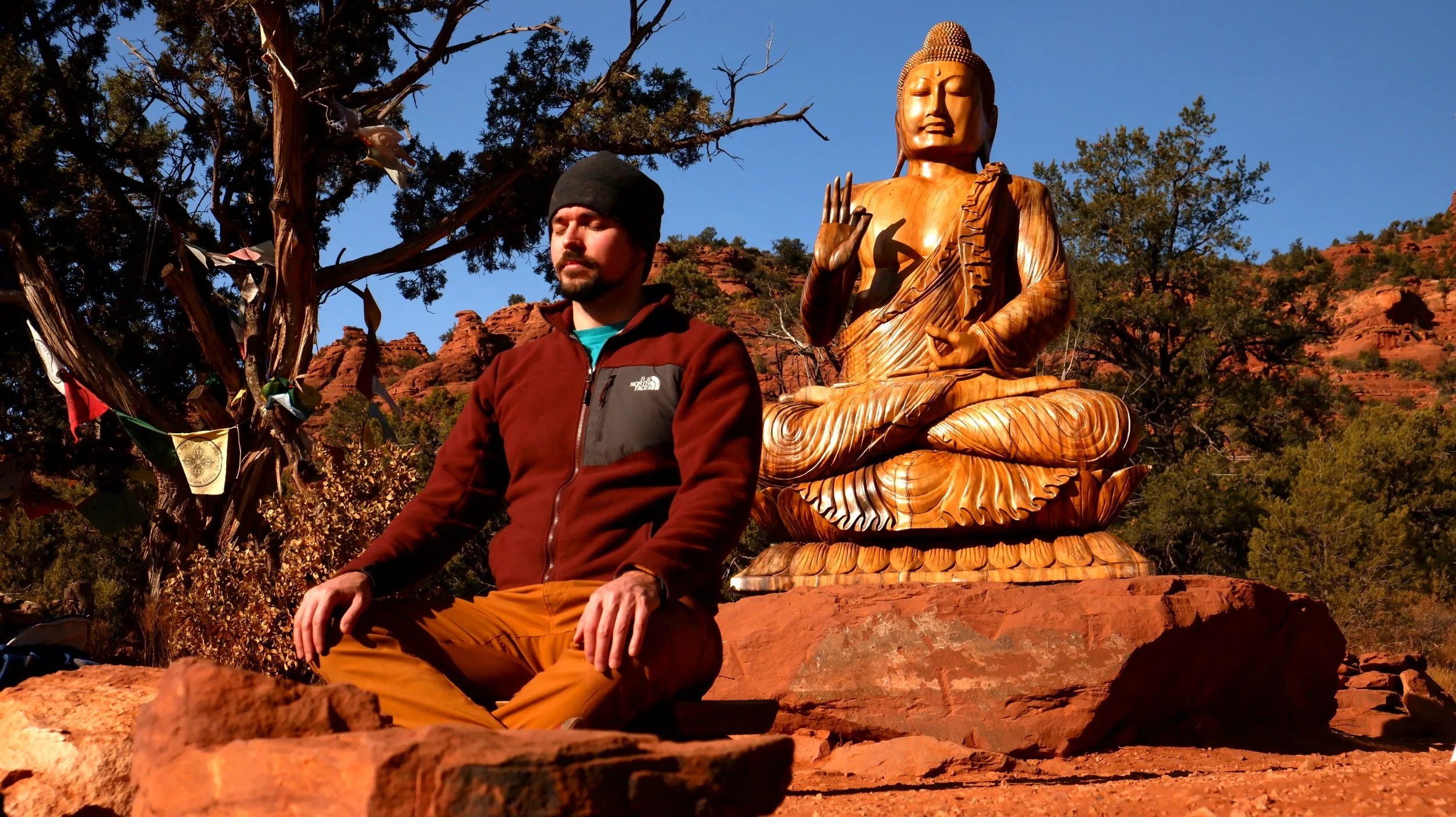Meet Your Guide
The Way and The Walker - Paul Taylor Novay
Taylor has walked the path of Tai Chi since 2005. Wu Style. The old way. He has taught since 2019. More than one thousand hours standing before others. Breathing with them. Moving with them. Stillness and motion as one.
He holds certifications, yes. Level II instructor with the ATCQA. Group fitness. Senior fitness. But paper means little without presence. What matters is the work. The practice. The care given to each student. The quiet listening. The shared breath.
He lives by the philosophy he teaches. Tai Chi is not a class. It is a way to live. A way to see. A way to return to something ancient that lives still in the marrow and the wind.
Taylor is a Taoist. A learner. A guide. He will not lead you by force. He will walk beside you. Until you know the way.
The Lineage
The heart of the art lies in its lineage. Integrity is preserved not by words but by transmission. The form passes from hand to hand, unchanged in its essence. It is not only the teacher that matters but the one who stood before him, and before him again. In this way the art endures.
Grandmaster Johnny Lee
He is called Johnny Kwong Ming Lee. Born in Shanghai. At twelve he was led into the rain and heat of Hong Kong, into the halls of Grand Master Yip Yu-Ting, learning the Law Horn school. Later, under General Sun Paul Kung, he took up Pa Kua, Chi Kung, Wu Style Tai Chi. And then Ma Yueh Liang, the man in Shanghai, declared a teacher of national treasure, took Johnny in. He sharpened his form under Ma’s eyes, corrected his Wu Style, felt the push-hands power that others spoke of in hushed tones.
He founded Lee’s White Leopard Kung Fu School in Dallas, bearing all this in his bones. My students trace their roots through him. He is the bridge between what was and what is. The art, alive, carried forward.
Ma Yueh Liang
Ma Yueh-Liang was born in 1901 in the city of Hebei. He became a doctor and a man of medicine. Yet his life bent toward the art. In Shanghai he came under Wu Jianquan himself, the founder’s son. He married Wu Yinghua, daughter of the house, and together they carried the style forward. His push-hands were known throughout China. Men would come to test him and found themselves uprooted, their strength spent against an unseen current. He was named a national treasure and in his old age still stood in the park, the form flowing through him like water unbroken.
Wu Jianquan
Wu Jianquan was born in 1870, son of Wu Quanyou, a soldier who had learned the old form from Yang Luchan himself. From the father the son took the art and made it his own. He shaped it into what is now called Wu Style. Softer in its face, hidden in its frame, yet hard as iron when the moment demanded. In Shanghai he taught in the schools and the parks. He passed it on to his daughter Wu Yinghua and to Ma Yueh-Liang and through them to countless others. His name endures because the line endures.
Wu Quanyou
Wu Quanyou was born in 1834, a Manchu of the Yellow Banner, officer of the Imperial Guard. In the guard he came under Yang Luchan, the man who had carried Tai Chi from Chen village into the world beyond. Wu Quanyou learned the small frame, movements concealed, power drawn close. When his service ended he taught in Beijing. Quiet, exact, reserved. His son Wu Jianquan took up the art and carried it further, and so began the line that bears their name.




